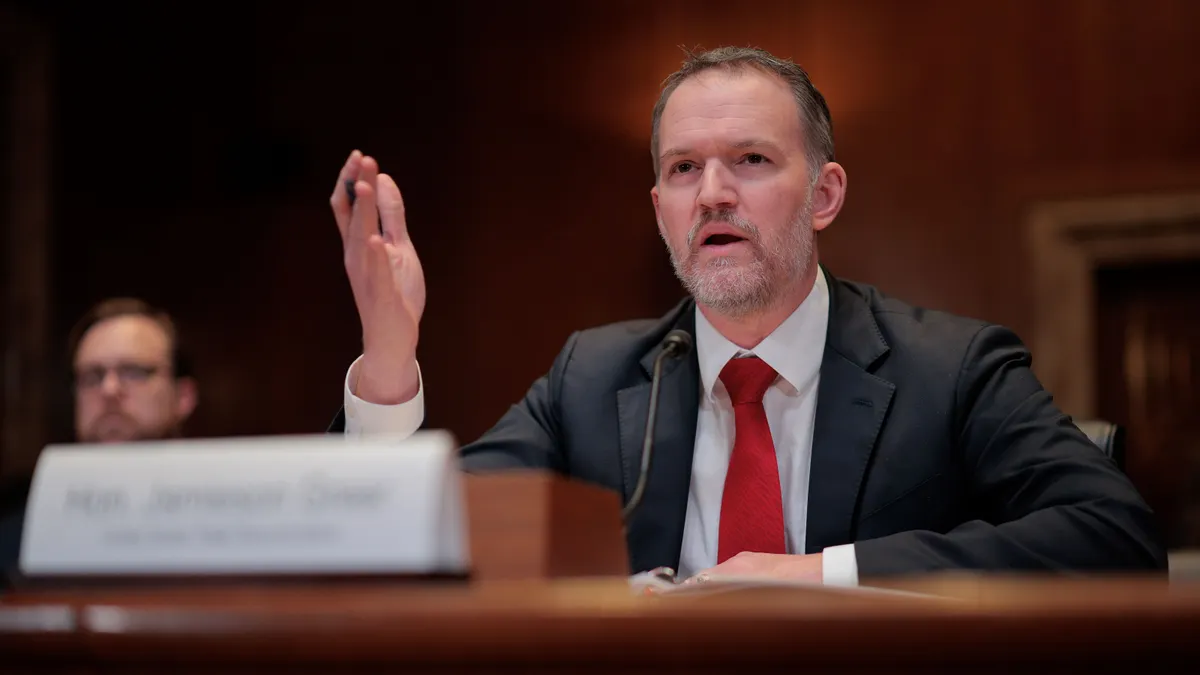After a year of intense negotiations between Canada, the United States and Mexico to renegotiate NAFTA, two of the parties can finally claim the talks’ first major breakthrough.
Mexico and the United States on Monday announced they had reached a bilateral agreement resolving some of the issues that had obstructed round-after-round of negotiations. From automotive rules of origin to a sunset clause, the “understanding” — breached after a full month of bilateral talks — promised a win-win scenario for both countries in time to get a new deal signed by the end of 2019.
But the announcement came with controversy, as in a call with his Mexican counterpart, President Donald Trump made a series of statements that put into question whether the North American Free Trade Agreement (NAFTA) would remain truly trilateral, or if Canada would be excluded.
Amid the deluge of news surrounding the talks, here’s a breakdown of what we know, based on a series of official statements, briefings and past comments made by representatives of Mexico, Canada and the U.S.
What happened at the announcement?
Prior to the official announcement — which took place at 11:30 a.m. in Washington, D.C. — various news outlets had reported Mexico and the U.S. had reached a bilateral deal, and were expecting Canada to rejoin the talks promptly.
But, in a call with Mexican President Enrique Peña Nieto, Trump made headlines by unilaterally declaring he would change the name of NAFTA and a new deal may or may not include Canada.
Below, are a few excerpts from the call, according to a transcription of the call, published by the White House:
- A new name for NAFTA. “I like to call this deal the United States-Mexico Trade Agreement. I think it's an elegant name. I think NAFTA has a lot of bad connotations for the United States because it was a rip-off. It was a deal that was a horrible deal for our country, and I think it's got a lot of bad connotations to a lot of people. And so we will probably — you and I will agree to the name,” said Trump.
- On talks with Canada. “Canada will start negotiations shortly. I'll be calling the Prime Minister very soon. And we'll start negotiations, and if they'd like to negotiate fairly, we'll do that,” said Trump.
- On a trilateral deal. “We will see whether or not we decide to put up Canada or just do a separate deal with Canada, if they want to make the deal. The simplest deal is more or less already made. It would be very easy to do and execute," said Trump.
- On termination. "We have an agreement where — both with Canada and with Mexico — I will terminate the existing deal. When that happens, I can't quite tell you; it depends on what the timetable is with Congress. But I'll be terminating the existing deal and going into this deal," said Trump.
Mexico did not officially comment on the new name for NAFTA, but Peña Nieto did emphasize the importance of Canada’s participation.
“It is our wish, Mr. President, that now Canada will also be able to be incorporated in all this,” he said at the beginning of his remarks to Trump. “And I assume that they (are) going to carry out negotiations of the sensitive bilateral issues between Mexico — rather, between Canada and the United States.”
What, exactly, did Mexico and the U.S. agree to?
The call between the two heads of state left few details on the table as to what, exactly, the new “agreement” entailed. In broad strokes, President Trump alluded to a “simpler, much better” deal for farmers, automakers and labor.
Later in the day, United States Trade Representative (USTR) Robert Lighthizer, Deputy USTR C.J. Mahoney and Jared Kushner hopped on a call with reporters to better explain the terms of the deal and answer questions.
Here’s what we know, based on their comments:
- Formal notification will be sent on Friday. By statute, the USTR must notify Congress of any upcoming trade deal 90 days before it is signed. Lighthizer said this process would begin with a letter on Friday, letting Congress know a deal with Mexico has been agreed upon, and Canada may join the deal.
- A revised sunset clause. The U.S. and Mexico revised one of the most controversial proposals in the talks — a requirement to revise and renegotiate NAFTA every five years, or let it automatically terminate.
Under the new deal, parties would sign onto a trade deal for 16 years. Then, every six years, the parties would meet to review the deal’s effects, and if they decide to, modernize and “refresh” the deal for another 16 years. If the parties choose not to refresh the deal, they must then meet every year to resolve outstanding issues.
“These reviews have consequences. They are incentives for the parties to deal with the issues,” said Amb. Mahoney. This will help the deal “modernize in such a way that ideally will not affect investments.”
- An emphasis on modernization. Lighthizer claimed the new trade deal had some of the highest standards, “that are not only better than NAFTA 1.0 but are also better than TPP or any other agreement that has been negotiated.” It includes sections on modern issues like intellectual property, digital trade and financial services trades that were not in the original agreement.
- Completely enforceable labor requirements. “I believe there has never been a trade agreement remotely as good on labor from the point of view of Democrats, for whom this is a high priority,” said Lighthizer. “These were endorsed by the president-elect,” of Mexico, he added, noting he sets a very progressive standard to abide by.
Lighthizer added the countries would terminate NAFTA, but this was nothing to be concerned about.
“It’s impossible to have two agreements at the same time,” he said. When the original NAFTA deal was signed, the Canada-United States Free Trade Agreement of 1988 had to be terminated to make way for a new deal. This, he said, would be no different. “How do we do that is something we are still in the process of looking at.”
Does this mean Canada is excluded?
All parties have been clear they hope to include Canada in a new deal, although what that looks like is yet uncertain.
In fact, the parties did not delay in starting negotiations: negotiators were scheduled to begin talks in the afternoon, after the Mexico-U.S. announcement, and Peña Nieto and Trump both reportedly called Canadian Prime Minister Justin Trudeau to urge a swift resolution of issues.
Trudeau, for his part, put out a statement summarizing his call with Trump. “The leaders welcomed the progress that has been made in discussions with Mexico and look forward to having their teams engage this week with a view to a successful conclusion of negotiations,” the statement read.
The question that remains, however, is what happens if Canada does not agree to the terms outlined this week? Would the U.S. and Mexico pursue a bilateral deal?
Asked this question directly, U.S. representatives on the call with reporters said Mexico and Canada’s trading relationship would likely not be hurt in that scenario since they are both parties to the Trans-Pacific Partnership (TPP).
“For more clarity, maybe ask the Mexicans,” Amb. Mahoney added.
Lighthizer reminded reporters Canada has not been in a vacuum throughout the negotiations. After all, he counted seven rounds over the past year during which the three countries had the opportunity to resolve trilateral issues.
“We’ve now come out of the other side with Mexico, we hope Canada can join in,” he said.
Even Trump noted the talks with Canada may be faster than those with Mexico.
“We're starting negotiations with Canada, pretty much immediately. I can't tell you where those negotiations are gone. It's going to be a — it's a smaller segment, as you know. Mexico is a very large trading partner,” he said on the call with Peña Nieto.
What’s next?
The world will be watching this week as Canada rejoins talks, and on Friday, as Lighthizer sends the official notification to Congress. The rumor mill will swirl as Canada and the U.S. attempt to resolve their issues. Roadblocks will almost certainly surface, and perhaps be overcome.
Whether Canada and the U.S. can muster a bilateral agreement by the end of this week, or not, the process for approval will begin — with the option of adding in Canada before the deal is fully signed.
In other words, the next week will be pivotal and define just how quickly the NAFTA boat steams ahead. For now, we at least know it’s moving forward.






















